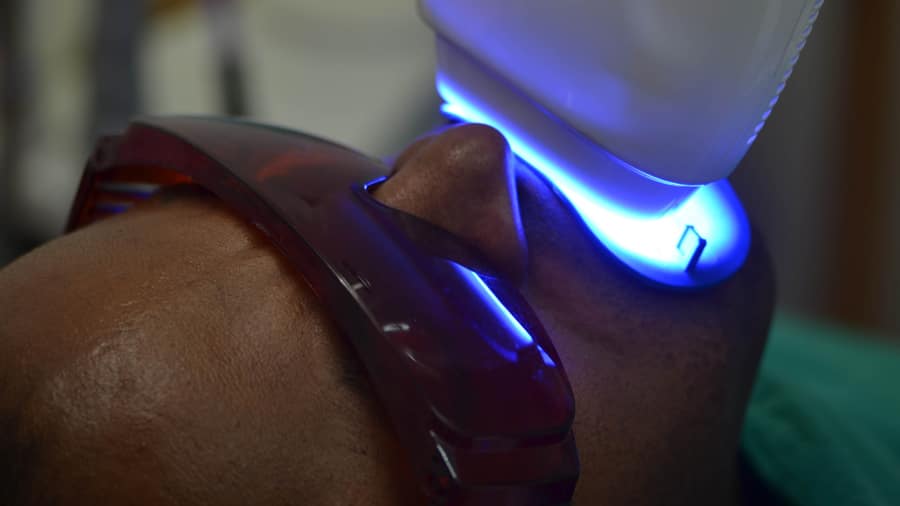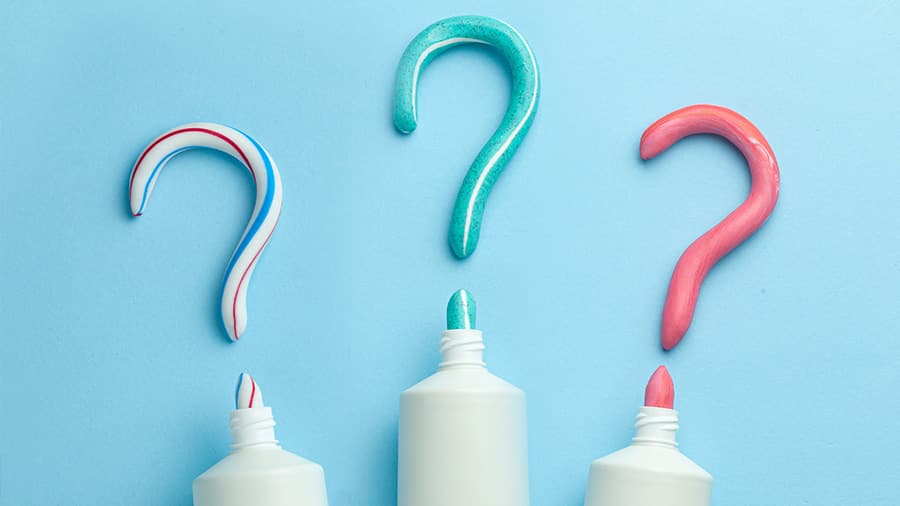Your Choices
Tooth whitening or bleaching is the most cost-effective and least invasive procedure that can improve your smile. However, according to a statement by the American Dental Association (ADA) on tooth whitening, these procedures are not without contingencies. It is recommended that any method be supervised by your dentist after the dental exam that determines your best option for whitening. The condition of your teeth and the cause of the discoloration will do just that. Your choices include products purchased by the patient for home use, materials provided by the dentist for home use or procedures performed in the office.
Pick our uniquely designed whitening toothpaste formula to reveal a brighter smile!
Laser Procedure
Laser teeth whitening is administered in a dental office exclusively, and is the most expensive method for whitening. Bleach is applied to each tooth, and heat generated by a laser enhances its effectiveness while ultimately speeding up the process. This procedure uses a strong bleaching gel that the laser activates and enhances for quick, dramatic results.
The Indian Dental Association explains that traditionally, at-home whitening is done with bleaching gel which is applied to the teeth using thin guard trays. Oxidising agents such as hydrogen peroxide or carbamide are utilised to lighten the shade of the tooth. With these high concentrations, special precautions are taken to reduce tooth sensitivity, as well as protect the lips, gums and other oral tissues from being damaged. They include:
- cheek retractors
- formulated soft or rubber dams to cover gum
- desensitising pastes which can help strengthen and harden enamel and
- professional application of fluoride or similar desensitising product
Your Alternatives
Tooth whitening can be accomplished with over-the-counter products (OTC) and professional systems. OTC products are available in your local drug store or supermarket, and are limited in their percentage or concentration of whitening components. Professional applications can either be for home use or in-office treatment, and elicit better results due to higher percentages of the bleaching agent and the method of their application. OTC whitening or bleaching products come in many forms including:
- toothpastes and rinses
- gel used in trays
- whitening strips
- whitening chewing gum
- whitening paint-on gel
What to Keep in Mind
The Indian Dental Association explains that laser bleaching utilises light energy to accelerate the process of bleaching in a dental clinic. The effects of bleaching can last for several months, but may vary depending on the lifestyle of the patient. Oftentimes, several treatments are needed to achieve the desired results and bleaching trays for home use may be needed as well to improve or maintain those results. Not everyone is a candidate for this procedure and a dental exam is necessary before being considered.
This article is intended to promote understanding of and knowledge about general oral health topics. It is not intended to be a substitute for professional advice, diagnosis or treatment. Always seek the advice of your dentist or other qualified healthcare provider with any questions you may have regarding a medical condition or treatment.
ORAL HEALTH QUIZ
What's behind your smile?
Take our Oral Health assessment to get the most from your oral care routine
ORAL HEALTH QUIZ
What's behind your smile?
Take our Oral Health assessment to get the most from your oral care routine













